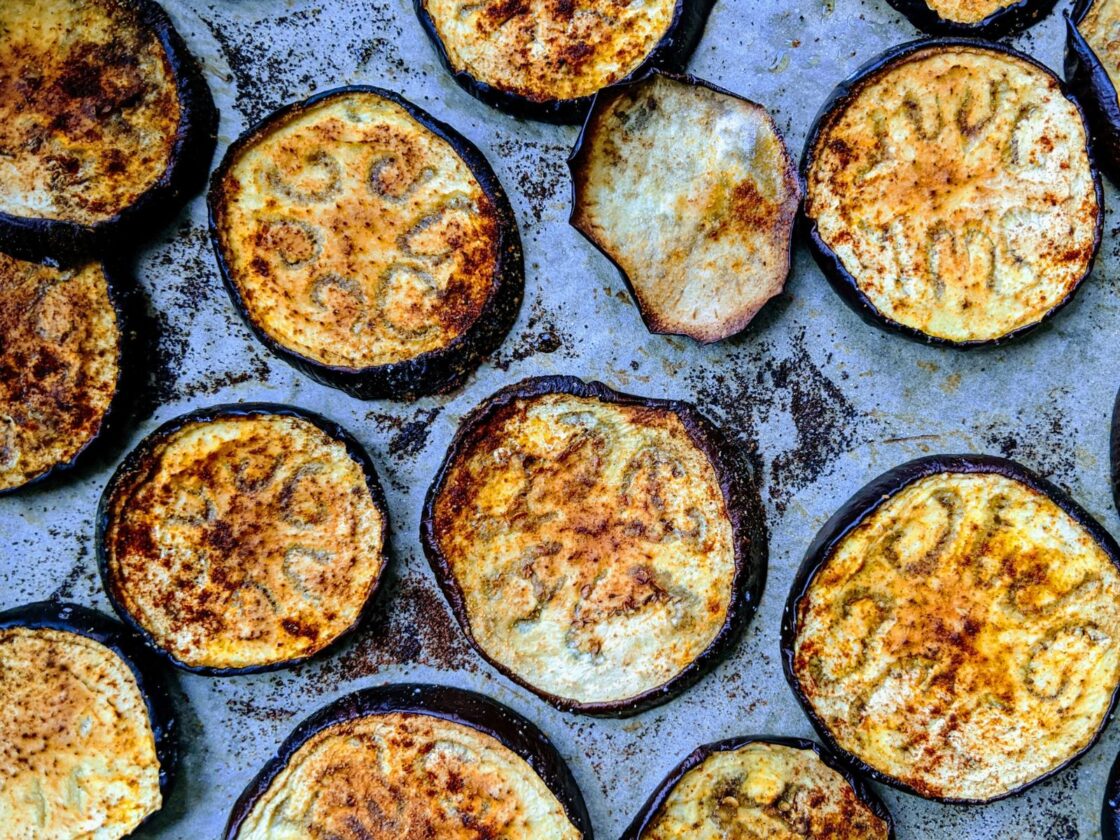5 Plant-Based Ingredients That Transform Meatleass Meals

There’s always been skepticism or derision about phasing out meat from diets. Friends and family thought we’d gone all crunchy-granola on them. While we’re all about granola (especially our homemade granola with peanut butter), plant-based eating is totally mainstream now, and we’ve gotta say it’s a relief.
No matter where we turn, we have several plant-based ingredients at our disposal. Whether you’re a full-time vegan or a flexitarian with the occasional fish dish, you can customize your diet to the perfect meatless variety.
Even though the options out there are better than ever, there are still skeptics. If you need help proving your friends wrong about protein-packed, flavorful, and filling plant-based foods, then we have you covered. We’re profiling five of our all-time favorite plant-based ingredients that completely transform meatless meals.
Sign up for the newsletter for more delicious plant-based recipes.
1. Nutritional Yeast

Nutritional yeast has become a mainstay of many of our pantries, but it bears repeating: this flaky substance (which, yes, kind of resembles fish food) is an essential tool in the toolkit of any plant-loving person looking to add a rich, umami flavor to their meals.
Nutritional yeast is a form of Saccharomyces cerevisiae.
While incapable of making your bread rise or your beer ferment due to its deactivated nature, nutritional yeast has plenty of essential B vitamins to make up for the vitamins lacking in vegan and vegetarian diets. Some brands are even fortified with even more vitamins and minerals1.
Flavor-wise, nutritional yeast has a nutty, savory, tangy flavor that resembles that of Parmesan cheese. It’s no surprise that it’s an essential ingredient in vegan béchamel sauces or vegan mac and cheese. Try it in our creamy, cheesy potato soup or vegan mac and cheese recipe bolstered with sweet, orange butternut squash, or shake up our four-ingredient vegan Parmesan recipe to sprinkle over everything from pasta to homemade pizza.
2. Eggplant

Long-time vegetarians know that nine times out of ten if you attend a wedding reception or even just go to a restaurant, the veg option is eggplant. Eggplant has the toothsomeness most associated with meat without the, well, meat. And when it’s perfectly cooked, it also takes on a lovely creaminess that makes it the perfect star of any dish.
The secret to cooking eggplant well is to season it generously with salt, to draw out any excess moisture. Pat it dry, brushing off any visible salt, and then it’s ready to cook. Whether you choose to bake or sauté it, just take care not to add it to cold oil – eggplant is a sponge and will quickly soak it up, becoming greasy rather than soft and tender.
Given eggplant’s natural marriage of bitter and sweet flavors, it’s a no-brainer on the grill (see our guide to grilling eggplant perfectly every time); top it with tomatoes and feta for even more flavor. It’s also lovely in a traditional French plant-based ratatouille recipe or simply cubed, fried, and stirred into your favorite pasta sauce.
3. Lentils

Lentils are one of those ingredients that feel stereotypically vegetarian, forming the base of many a veggie burger. And why not? Rich and minerally – not to mention chock-a-block with protein – lentils are a phenomenal choice to add bulk and nutrients to your plant-based meals2. And there are so many different kinds to choose from.
Yellow and red lentils, plentiful in Indian dals, for example, tend to cook up creamy and tender, forming a sauce more than the chew of the meal. Use them in a five-lentil dal, where they’ll provide creaminess to coat the more toothsome chickpeas or simmer them in a creamy-yet-cream-free red lentil dal.
Brown and green French lentils, on the other hand, are much more likely to hold their shape once cooked, making them the ideal choice if you want a bit more chew to your recipe. Sample them in a salad paired with other veggies like radicchio and carrots, or use them as the base of a plant-based shepherd’s pie brimming with nutrients. You can also simply top them with a flavorful minted yogurt – plant-based or otherwise – for a hearty vegetarian main that’s easy to throw together on a weeknight.
4. Seitan

Another classic vegetarian and vegan ingredient from time immemorial, seitan, a.k.a. wheat gluten, is an awesome meat substitute. With its mild yet savory flavor and chewy texture, it’s no surprise that it’s a base ingredient for store-bought meat replacements from turkey to bacon to hot dogs.
At home, you can use seitan in a variety of recipes from curry to “chicken” wings to stir fry. Since it doesn’t have much flavor of its own, it’s the perfect vehicle for soaking up spices, sauces, and more. We love it as a base for plant-based tacos or taco salad, and for a dinner party, particularly around the holidays, it’s the ideal centerpiece thanks to this vegan seitan roast with chestnut stuffing.
5. Sun-Dried Tomatoes

Sun-dried tomatoes are one of the most naturally umami-rich ingredients out there. Tomatoes themselves already have a moreish quality that keeps you eating them all summer long, but when sun-dried, this flavor intensifies, becoming a sweet-and-savory marvel that adds heaps of flavor to your favorite recipes.
Their concentrated flavor makes sun-dried tomatoes the perfect base for a raw marinara sauce, served over your favorite spiralized noodle. They also add loads of flavor to homemade veggie burger patties, lending depth and richness to the lentil base. And, of course, thinly sliced sun-dried tomatoes are particularly welcome in any salad you like.
Read More on Organic Authority

Plant-Based Indian Foods May be the Best Mood-Lifting Food, Here’s Why
Master the Art of Plant-Based Cooking With the Five Elements of Flavor, According to a Chef
3 Ways to Make This Your Most Sustainable Thanksgiving Yet (and 5 Plant-Based Recipes to Inspire!)
Sources:

